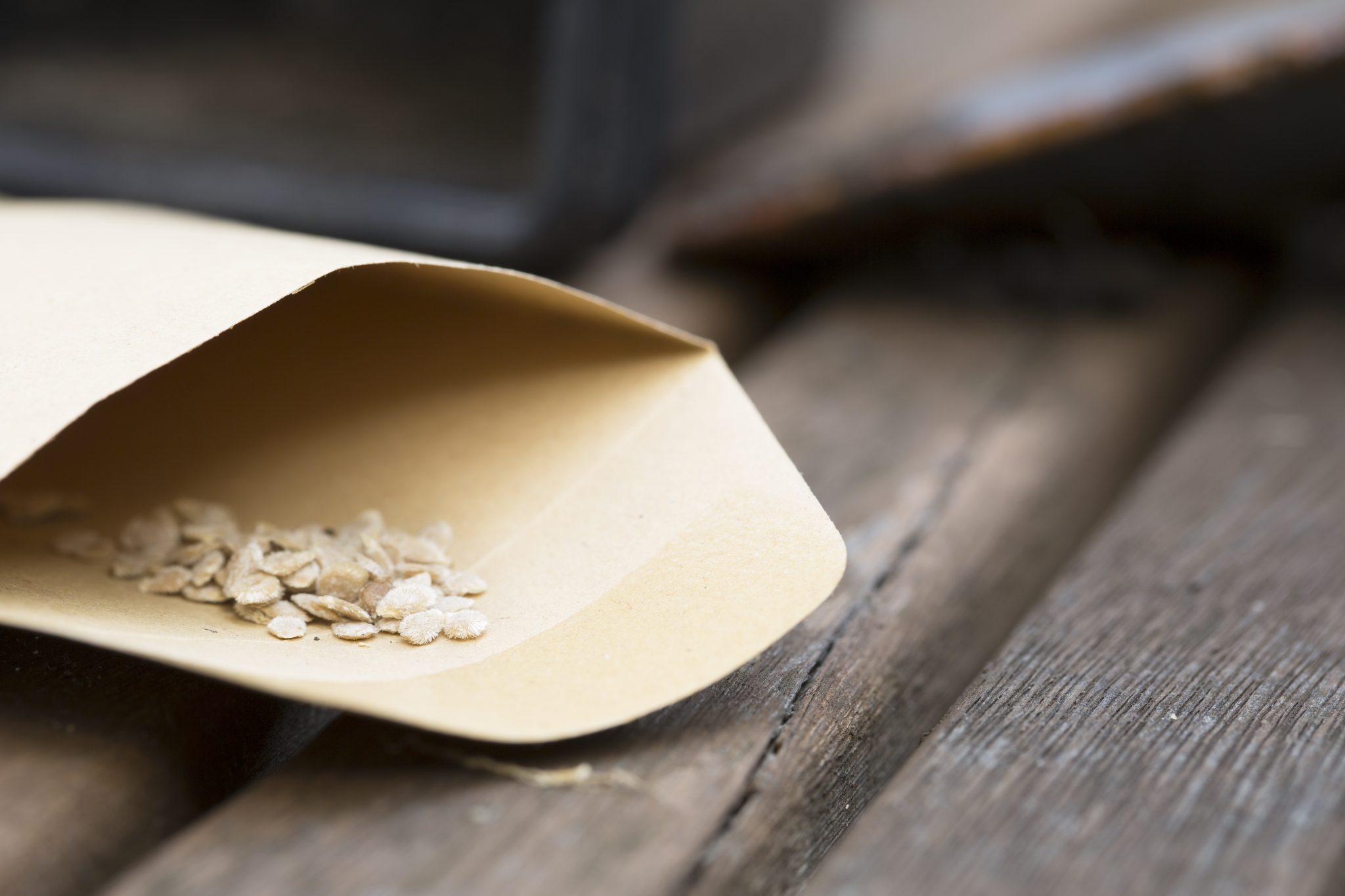Lawn & Garden

A lot of gardeners love to save the seed from some of their best producing plants. However, these seeds have to be collected and stored properly in order for them to be used the next growing season. The following information explains the best way to save seeds of open pollinated plants.
Collect Healthy, Mature Seeds
People should always collect seeds from healthy plants, as plant viruses will spread to seedlings from infected seeds. Make sure the seeds are mature when harvested, and this is sometimes easier said than done. How do you know when seeds are mature? If it is a crop such as a watermelon or tomato, allow the fruit to grow until harvest. If the crop is ready to be harvested, the seeds should be fully mature. Ornamentals may be a little tricky as seeds from different plants mature at different times of year. Keep in mind that if the embryo is not mature, it will not germinate. However, some seeds will germinate after being harvested and planted before they have time to dry. As previously noted, it can be tricky and a good reference book can save a lot of time and frustration.
Clean and Store Properly
The next step after harvesting the seed is to clean the pulp/flesh from the seeds if necessary, and allow the seeds to dry for 24 to 48 hours. It may be easier to remove the pulp if seeds are allowed to soak in water first, but make sure they are dry before storage.
Storage is important since a seed may be mature and ready to plant, but it is the wrong season for planting. There may be a warm area indoors, but lighting can be an issue and it may be best to store seeds until the optimum planting time. Greenhouses can sometimes get too hot or cold in winter and plants can stay too wet. Low light levels can be an issue and storing seeds and waiting for optimum planting conditions may be the best option.
Place the seeds in an airtight container and store at temperatures between 32oF and 50oF. Around 41oF may be best for many plants. A refrigerator seems to work well. Many people store seeds in the freezer, which should be set at 0oF for food storage. This is too cold for some seeds. However, some larger seeds can be stored in the freezer. If individuals have had good luck storing in the freezer, then it is safe to continue. There are some small seeds that can be stored in the freezer, refrigerator, or at room temperature with good germination. When saving seeds for the first time, using a refrigerator for storage is highly recommended.
Purchased seeds that are left over from year to year can be stored the same way. Keep in mind that the germination percentage decreases the longer seeds are stored. When storing seeds of hard to find or sentimental plants, plant them every few years and collect fresh seeds.

